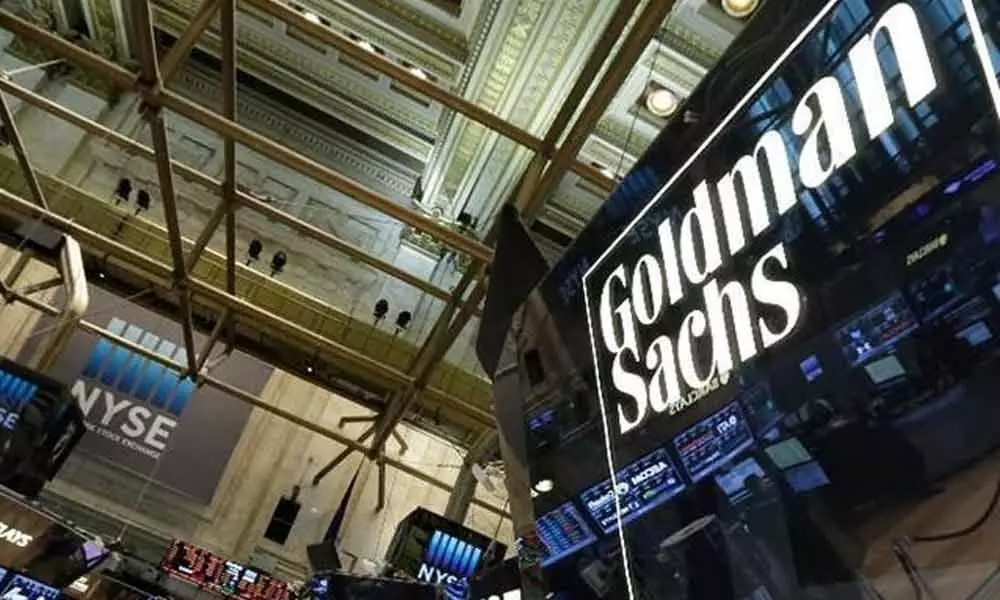RBI may go for rate cut again in December: Goldman Sachs

The RBI is likely to cap its record interest rate cutting sphere with another 0.25 percentage points reduction in December before hitting a pause button, according to brokerages.
New Delhi: The RBI is likely to cap its record interest rate cutting sphere with another 0.25 percentage points reduction in December before hitting a pause button, according to brokerages.
The RBI Monetary Policy Committee (MPC) reduced repo rate by 25 basis points on Friday to 5.15 per cent and decided to maintain the accommodative stance "as long as it is necessary to revive growth, while ensuring that inflation remains within the target".
"We see a high probability for the RBI MPC to deliver a final 25 basis points cut to bring the repo rate to 4.9 per cent in December.
It would be consistent with our forecasts of an additional rate cut by the (US) Fed in October," Goldman Sachs said in a report post Friday's decision.
It expected the easing cycle to pause after the December meeting due to expectation of headline consumer price inflation to stand at close to 4 per cent diminishing a case of further rate cut, and the MPC may wait to see the monetary easing cycle, as well as the series of announcements by the government, filter through the economy.
"What would it take for the RBI to pause or end the easing cycle before the December meeting? We suspect it would require better high frequency data on economic activity, and a significant improvement in the global environment.
"In fact, we see risks skewed in the other direction. Alternatively, if headline inflation prints cross 4 per cent driven by a pick-up in food or oil prices that would also increase the chances of a pause after the October meeting," Goldman Sachs said.
The Friday rate cut was the fifth consecutive rate reduction by the RBI this year. Since the start of 2019, the RBI has now cut rates by 135 basis points. IDFC Mutual Fund said global growth slowdown continues and the recent supply-shock driven crude oil spike has unwound faster than expected.
"Financial markets remain uncertain while globally central banks are increasingly turning more accommodative. Domestically, the drastic slowdown in Q1 Gross Domestic Product (GDP) has been followed by softer higher frequency indicators," it said.
"While we may be closer now to the terminal rate in this cycle, investors need to focus on the other more important aspect: That barring an unforeseen global development it is very likely that the policy rate remains around the 5 per cent mark for an extended period of time," it said.
IDFC anticipated a 40-basis points slippage to the fiscal deficit target of 3.3 per cent of the GDP in the current year.
















